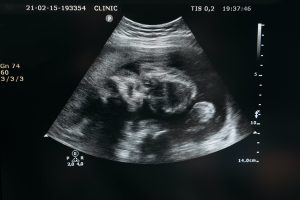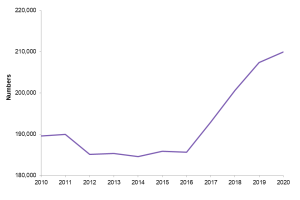We are delighted to share with you our library of resources. You can use the filter feature below to find topics most relevant to your curriculum.
Want to organise the resources you use most in one place? Register as a user to add content to your own Boards.
The UK Abortion Law
 Abortion is the termination of a pregnancy by removing a foetus before viability (the time the law agrees a baby could survive outside the womb). The ultimate aim of abortion is to prevent the baby from reaching full-term, stopping it from being born.
Abortion is the termination of a pregnancy by removing a foetus before viability (the time the law agrees a baby could survive outside the womb). The ultimate aim of abortion is to prevent the baby from reaching full-term, stopping it from being born.
In 1967, the Abortion Act made abortion legal in the UK under the following circumstances:
- Two doctors agree and it is carried out 'before the time of viability' i.e. before the baby could survive outside the womb (28 weeks in 1967).
- To continue the pregnancy would put the mother or other members of the family at greater risk.
- It is necessary to avoid permanent injury, physical or psychological to the mother.
- There is real risk that the baby would be born handicapped or deformed.
In 1990, the Human Fertilisation and Embryology Bill lowered the viability limit for abortions from 28 weeks to 24 weeks. Since 2020, women in England and Wales are able to take both abortion medications - mifepristone and misoprostol - at home, without the need to first attend a hospital or clinic.
Abortion statistics in the UK have risen dramatically since the 1967 Abortion Act was passed, and, indeed, over the previous ten years. This graph shows the figures for 2010-2020 for England and Wales, click on it to make it bigger:

